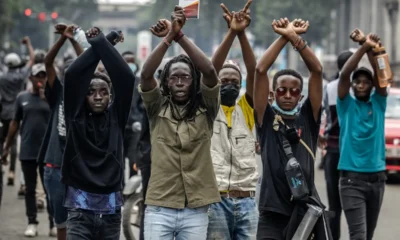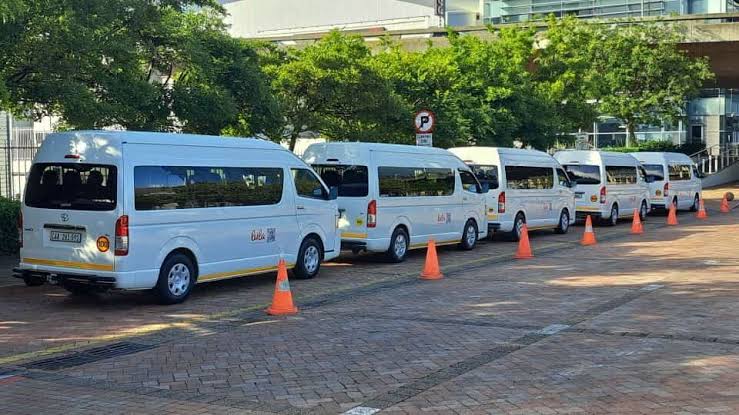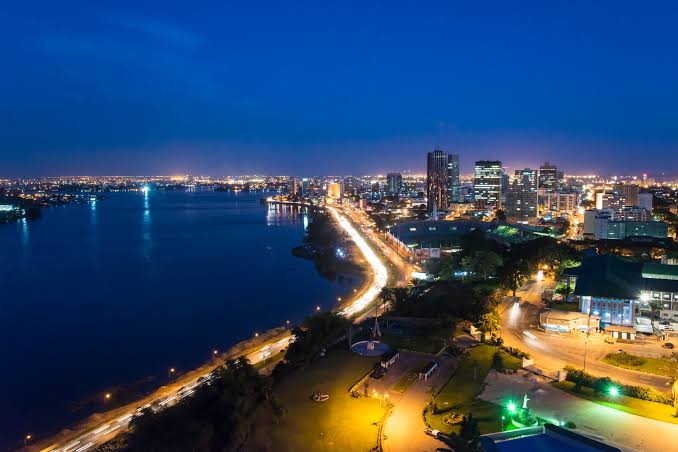Adenia Partners, a leading private equity firm, has completed the acquisition of Air Liquide’s operations in 12 African countries, adopting the name Erium, which will make it a pan-African leader in industrial and medical gases.
The acquisition which was first announced in March, was formally closed on Monday July 22, marking the latest in a series of controlling-stake deals and acquisitions by Adenia which has focused on growth opportunities in Africa for over 20 years.
Effective immediately, Erium will replace the Air Liquide brand in Benin, Burkina Faso, Cameroon, Congo, Côte d’Ivoire, Gabon, Ghana, Madagascar, Mali, the Democratic Republic of Congo, Senegal, and Togo.
Christophe Scalbert, a Senior Partner at Adenia, in a statement on Wednesday, said the launch of the new Erium brand signifies the beginning of a new era for its assets.
“The birth of Erium is remarkable in more ways than one. It is the culmination of an acquisition project by an African entity from an international actor; a large-scale project covering a vast geographical area and involving activities essential to the development of the continent,” said Scalbert.
“Above all, though, it is the beginning of an exciting future due to the growth prospects it offers; growth that we are committed to fully supporting for the benefit of employees, customers, and the local economic fabric.”
He stated that Erium leadership, supported by Adenia, aims to deliver value for the full spectrum of stakeholders, including employees, customers, partners, and local communities.
“The [R] sound evokes “air,” highlighting the essential natural resource integral to many gas solutions.
“Meanwhile, the [IUM] lettering suggests the scientific foundation of gases and materials, as well as premium quality and optimal solutions.
“Erium’s international name is both serious and robust, yet simple and accessible, embodying historical expertise and new agility,” he added.

 Sports1 day ago
Sports1 day ago
 Metro2 days ago
Metro2 days ago
 Metro15 hours ago
Metro15 hours ago
 Tech2 days ago
Tech2 days ago





























